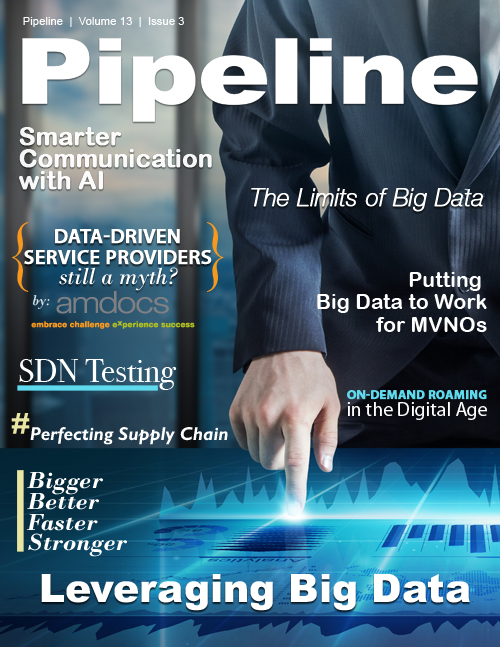Putting Big Data to Work for MVNOs
Besides, serving offers that are contextualised and relevant, based in part on anonymised and trend-driven data, using datapoints that never leave the handset, could be a saving grace for marketing which has so far been perceived as intrusive. On mobile, we can send campaigns just when the customer has just stopped using the phone, when it is unlocked – and indeed never while the device is roaming. When marketing is contextualised, it is more likely to drive brand delight rather than annoyance.
Let’s look at some examples and business models:
The perfect offer: When the databases of mobile usage, store records and loyalty history are properly integrated we can use relevance and accuracy to drive sales. How about tying weather data, in-store purchase information and pattern matching (family purchases, weekly petrol, etc.) to offer barbecue goods ahead of the weekend? The more we learn about users with multi-layered datasets, the more we can refine the mobile marketing experience with ever greater convenience and targeted offers in a virtuous circle of relevance. Campaigns can also be designed to judiciously defend against discounters or align with other loyalty offers. In the words of Strategy’s report, "Benefiting from Big Data." "Operators should begin with the data itself, experimenting with what they have on hand, to see what kinds of connections and correlations it reveals.”
Extended trade promotions programs: For supermarkets, this campaigning may also be conducted/funded by their supplier brands, who are invited (or coerced) to market on the mobile platform just as they do in store.
These are, of course, about using data to present a better offer to the consumer. However, we can also monetize the data itself.
Sell your data: The data-as-a-service market – raw information from mobile sources – is estimated by 451 Research to be worth $79bn by 2020. There is already a nascent data resale ecosystem developing, in which carriers and MVNOs have a rightful part to play.
Use your data: But there is a more radical prize. We said at the very outset that the value of a logo on a homescreen was diminishing. We now know that this is because there is no context to this exercise; whereas we see that just-in-time and contextualised marketing is sufficiently valuable that a resale market is rapidly emerging. What if we reach a tipping point where that value can be reflected in the consumer experience? We can, for example, convert marketing consumption into data entitlement: the consumer experiences a marketing activity and is rewarded with today’s most universal currency: mobile data. This opens up the possibility of an MVNO which is completely free and marketing-funded to the user; with the brand acting as marketing curator.
Of course, this has been tried before – but advertising-led engagement was always too weak to support the model. Advertising models have failed because brands have failed to “mine and refine”: to exploit the data at their disposal and to interrogate it effectively. Provided relevance is maintained, retail brands can leverage their mobile consumer base to rapidly build challenger propositions that drive their whole retail business. Even without going as far as the free model, retail MVNO owners must grasp every opportunity for granularity of customer datapoints – because it generates exponential opportunities to slice and dice customer segments.
Mobile is the marketing platform that lives with us and learns from us. It is the key to resolving the enduring problem for advertisers today: reach has never been greater, yet engagement has never been lower. The mobile business must rise to the challenge – as one Ovum analysis explained, “Telcos… need to be more data-centric like their over-the-top (OTT) competitors (such as Google, Amazon, and eBay).” As guardians of the end-consumer relationship, branded MVNOs have the piece of the delivery landscape that matters most. If they can integrate data sources effectively (and on a managed service basis, even Tier 3 MVNOs can have the same access to data as operators), retail players can leverage their MVNOs to become leaders in contextual marketing.



















